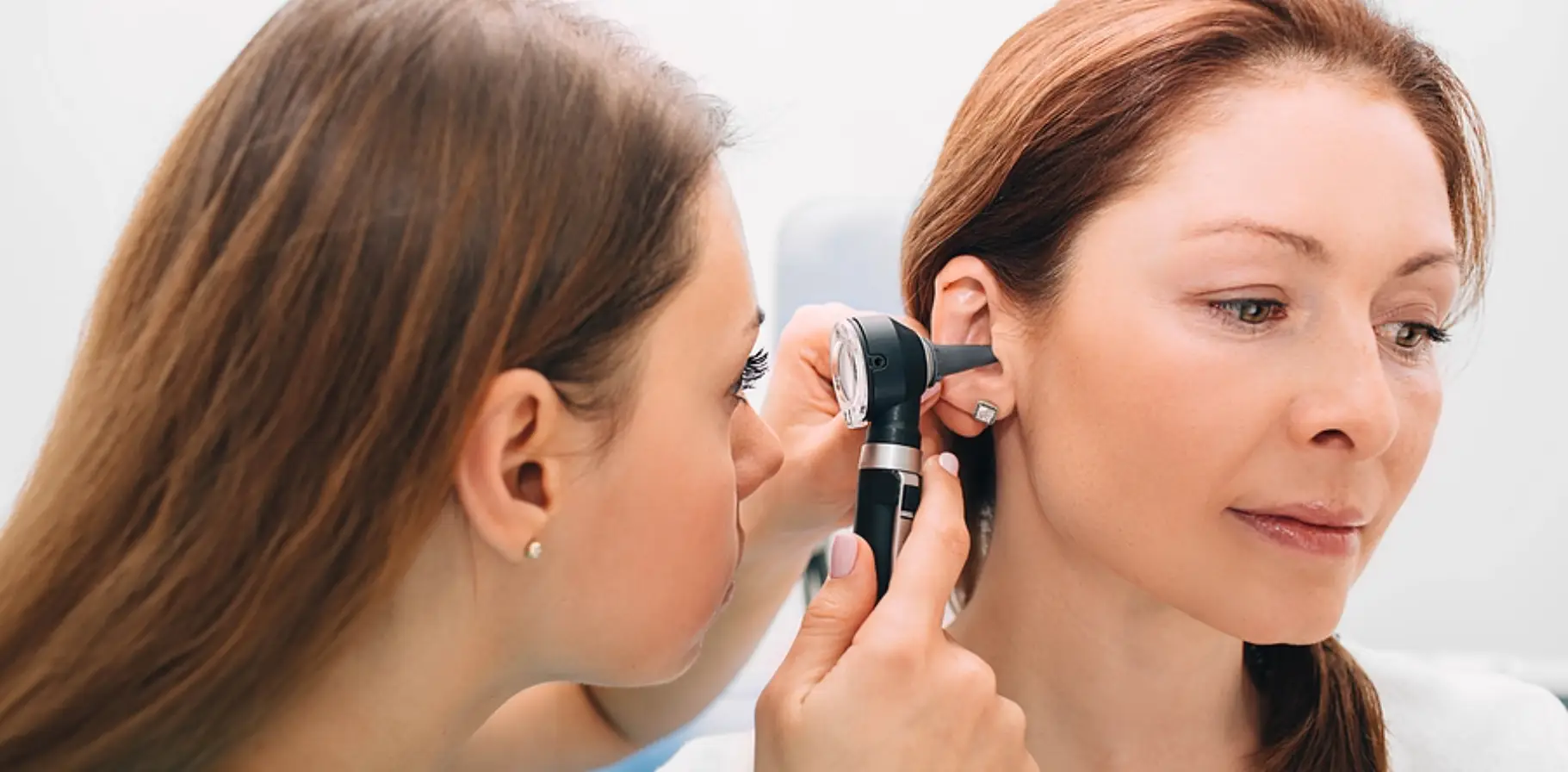Signs You May Need an Ear Wax Removal

Signs You May Need an Ear Wax Removal
3 mins
Publication Date: 30 April 2023
Many people with built-up ear wax mistake their symptoms for other issues. That's why it's important to learn about the impact of excessive ear wax, how it can affect your hearing, and how to have it removed safely
Symptoms of Ear Wax Blockage
You could have an ear wax blockage and not be aware of it for some time. Eventually, however, it can build up enough that you start experiencing some of the following symptoms:
- Hearing loss
- Sense of fullness in the ear
- Earache
- Itchiness in the ear
- Dizziness or vertigo
- Cough
- Ringing in the ears/tinnitus
These are the most common signs you need ear wax removed, but they could indicate other hearing health issues. The only way to know for sure is to speak to a healthcare provider.
How Ear Wax Can Affect Your Hearing
An ear wax build-up could affect your hearing because it can block your ear canal and prevent sound waves from reaching your inner ear. Experiencing any degree of hearing loss can be stressful and frightening. Thankfully, hearing loss caused by excessive ear wax can be fully restored once you've received treatment for the build-up.
How To Safely Remove Ear Wax
So, what is ear wax removal? It's definitely not something you should attempt without doing the proper research. Efforts to fix your ear wax build-up at home could actually worsen the problem and damage your ear canal and eardrum. The most important thing to remember is not to use cotton swabs. Tempting as they are, they could push the wax further into your ear canal.
Treatment for your wax build-up can depend on several factors, including the severity of the build-up, your symptoms, age, and overall health. Here are a few treatment options your healthcare provider could recommend or perform:
- Drops that soften and break down the ear wax
- Manual removal with specialised tools
- Irrigation of the canal with water
Though there are DIY wax removal techniques out there, this is a job best left to professionals. Your ears, particularly your inner ear and eardrum, are delicate. You don't want to put your long-term hearing health at risk.
Book an Ear Wax Removal Appointment
If you suspect you have an ear wax build-up or want valuable insights into your hearing health, make an appointment with a Connect Hearing audiologist.
We can perform an exam to determine if your symptoms are related to ear wax and if so, we can resolve the issue with a short and simple procedure using the latest suction technology.
.png?branch=web_prod)
.png?branch=web_prod)